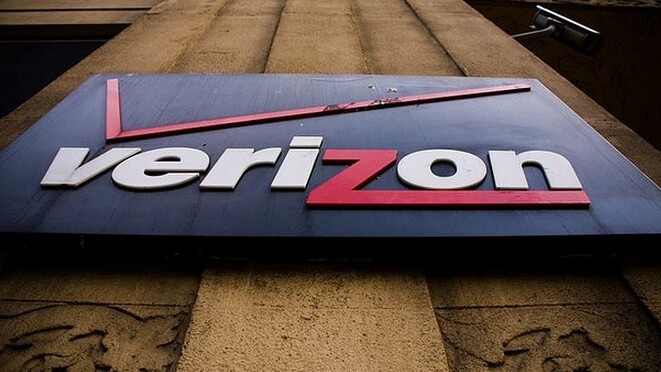
That Internet package you picked up might be nothing more than an overpromise, as it turns out. According to a new study executed by the Federal Communications Commission, all but 4 out of the 14 tested ISPs managed to provide speeds up to their claims during peak usage hours.
However, the news is not all bad. From the study, noting tests from 2011, and July of this year:
Average peak period download speeds varied from a high of 120 percent of advertised speed to a low of 77 percent of advertised speed. This is a dramatic improvement from last year where these numbers ranged from a high of 114 percent to a low of 54 percent.
That 54% figure is inexcusable, but the 77% number is almost palatable. Still, paying for a service that is consistently under-delivered is a disappointment.
The amount of underperformance that you may suffer does change depending on what sort of connection that you have. If you are sporting a DSL hookup, you are likely clipping along at 84% of what was promised. Cable Internet users, on the other hand, generally get 99% of what they purchased. Fiber customers get 114%.
As The Hill notes, certain providers are better than others:
Frontier performed the worst in the study with speeds just 79 percent as fast as advertised. Qwest at 83 percent and AT&T at 87 percent also fall short. Verizon’s DSL service is only 87 percent as fast as the company advertises, according to the study.
Improvement is good. However, the figures are still soft for the average consumer. They should get what they pay for.
Top Image Credit: Eric Hauser
Get the TNW newsletter
Get the most important tech news in your inbox each week.




